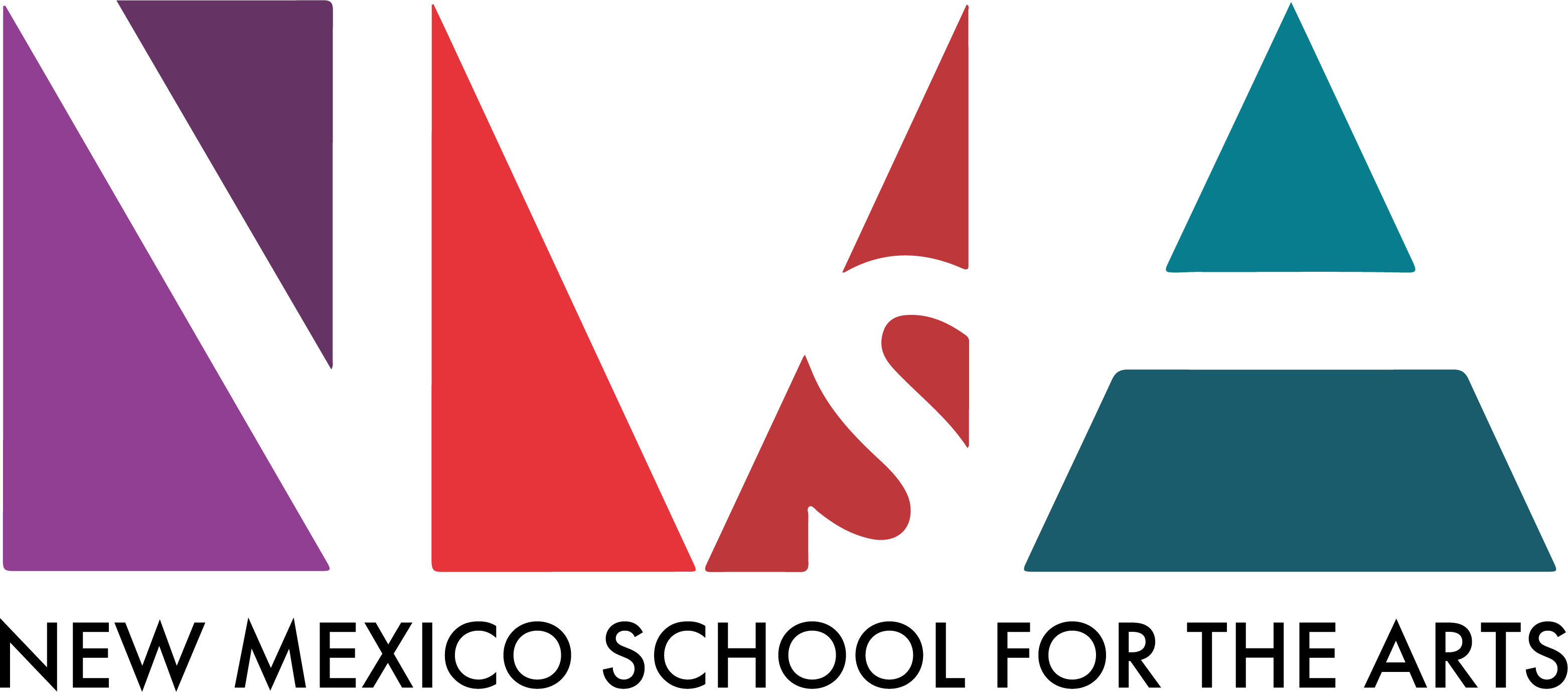by Douglas Imbrogno, Staff Writer
Photo courtesy DNAWorks
Adam McKinney performs a scene from “HaMapah/The Map,” a multimedia exploration of his black, American Indian and Jewish heritages.
CHARLESTON, W.Va. — Dancer and choreographer Adam McKinney has a richly mixed family heritage not easily encapsulated in a few swift words. He is the son of a mother descended from Eastern and Western European Jews and a father with black, Jewish and American Indian heritage.
“As a mixed-heritage person, I found that people would often ask me what I was. And instead of having to tell the long story, I created art in order to answer that question,” McKinney said.
The result is a multimedia dance piece titled “HaMapah/The Map,” ha’mapah being a Hebrew word that means “map” or “tablecloth.”
As McKinney says in a line about the piece: “I am the sum total of all my ancestors. I am the map, the quilt and the tablecloth of those who have come before me.”
A free performance of “HaMapah/The Map,” directed by McKinney’s artistic collaborator Daniel Banks, takes place at 7:30 p.m. Wednesday in the theater of the Davis Fine Arts Building at West Virginia State University in Institute, as part of the Essential Stages: The Donna Skeen Visiting Theatre Artists Series.
The piece incorporates video, photography, song, story and dance to explore issues of identity, history, gender and family.
“I use dance as the research modality to unravel the effects of slavery, of genocide, of racism, of anti-Semitism through the body, using the body,” said McKinney, chairman of the Dance Department at the New Mexico School for the Arts, in Santa Fe, and a former member of the Alvin Ailey American Dance Theater, among other troupes.
The piece incorporates a square piece of cloth symbolic of that map and quilt. As one reviewer noted, McKinney presses the cloth into service as “an umbilical cord, a noose, a scarf and a protective garment throughout his performance. Near the end of ‘HaMapah,’ McKinney held up the cloth as a projection screen for a video clip of a loving interaction between his white mother and African-American father. He closed the performance rather poignantly by wrapping the cloth around himself, thus embracing and being embraced by his cultural heritage.”
Importantly, the piece also incorporates the audience in a post-performance interaction that is much more than a Q&A session.
“We turn the lights down on the stage and we turn the lights up on the audience,” said Banks, associate professor of theater and performing arts at the Institute of American Indian Arts in Santa Fe.
“The whole event is a call and response. The dance portion of ‘HaMapah’ is the call, and we ask the audience to respond by telling their family stories. So, in essence, we’re trying to create a giant story circle.”
Powerful reactions have occurred with this format. One woman called her mother from the theater during a “HaMapah” performance in Ourense, Spain, asking her to finally reveal the identity of her biological father, Banks said.
“The young woman didn’t know who her father was, and the mother had never revealed his identity. And in the course of the community dialogue she called her mother and held up her cellphone and said listen to what people are talking about, an entire theater full of people are talking about how important it is to connect with your identity. There in the audience during the community dialogue her mother gave her her father’s name.”
Such strong reactions to the work have been common, Banks said. “Our goal, and what I think happens in that community dialogue, is that a community or a group of intersecting communities comes to know each other better.
“At the same time, we’re also creating contemporary rituals. If we can create an environment where people walk away from an event knowing a little bit more about themselves and a little bit more about the people sitting next to them, that to us feels like a good use of performance, in that it strengthens community, it strengthens identity. It strengthens people’s ability to coexist with each other in a peaceful way.”
“HaMapah/The Map” is a production of DNAWorks, a collaboration between McKinney and Banks begun in New York in 2006 that has resulted in works staged around the world, to foster self-expression and to create dialogues in creating solutions to community problems and issues.
Among a body of work that has stretched from South Africa to Ghana, they have staged a dance piece on the Bethlehem side of a border wall between Palestine and Israel in 2009 as part of a larger DNAWorks effort called the Borders Project.
“Our mission of the organization is dialoguing and healing through the arts,” Banks said. ”All of our activities have a dialogue portion to them.
“What we have come understand is that when people get to speak for themselves and represent themselves in their own language, it’s an extremely liberating experience not only for the individual speaking but also for the listener.”
As part of their visit, McKinney and Banks will lead DNA Workshops in the theater at 5 p.m. Tuesday on hip-hop theater and at 7 p.m. Thursday on “We, the Griot.” For more information, visit dnaworks.org. For more information on this event, call 304-766-5110.
– See more at: http://www.wvgazette.com/article/20150329/GZ05/150329351#sthash.BPdWZByD.dpuf

